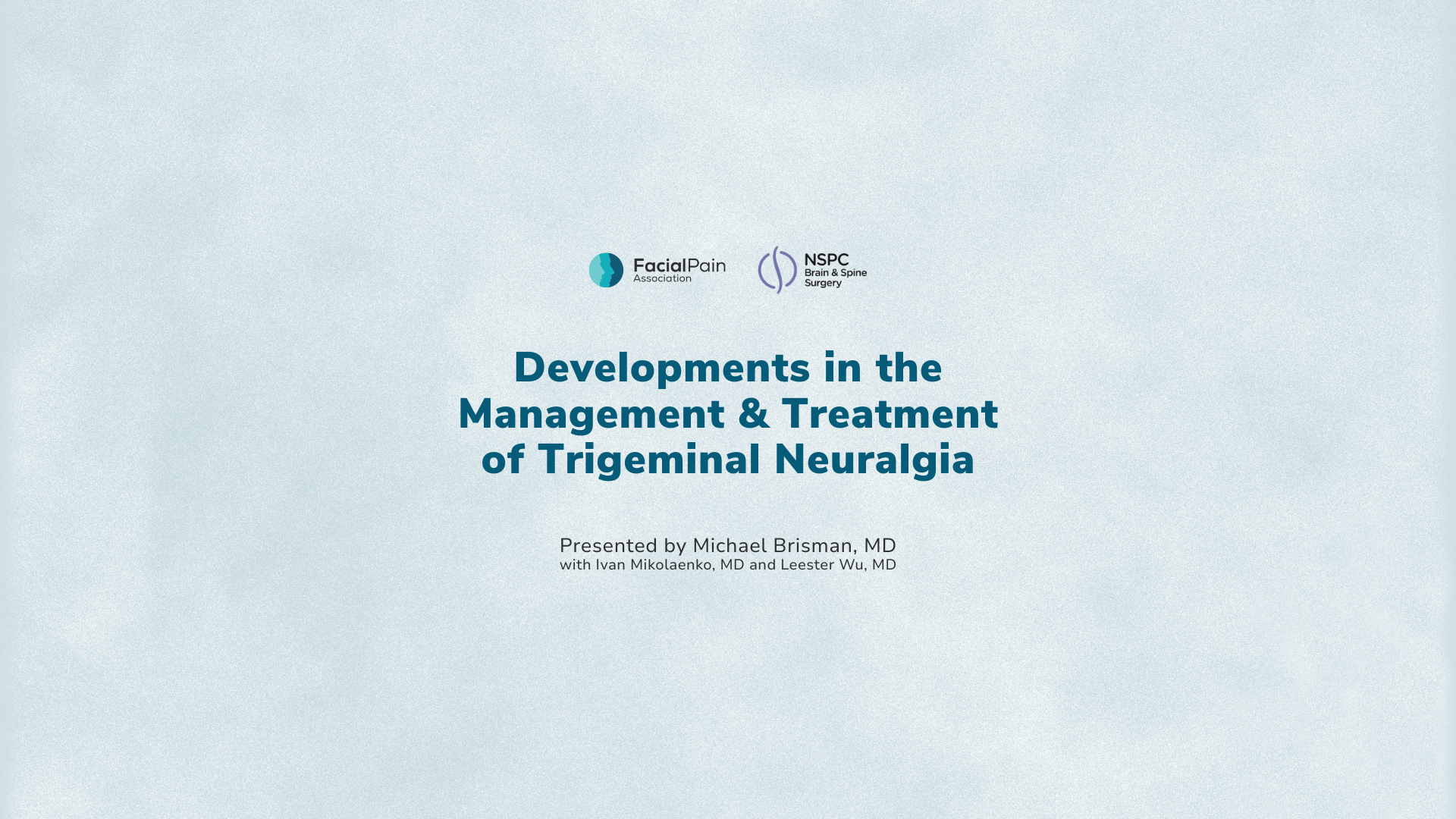
Advancements in Drug Development
Medications used to manage trigeminal neuralgia (TN), such as carbamazepine, oxcarbazepine, lamotrigine, and lacosamide, were initially developed for epilepsy and later adapted for TN. However, there is now growing interest in drugs specifically developed for TN. For the first time, two new medications are undergoing evaluation for their use in TN treatment.
One such drug, Vixotrigine, underwent a Phase 2 study focused solely on TN patients, looking at both safety and efficacy. This was an exciting milestone, as it was the first time a drug had been tested exclusively for TN. While the study showed promise, Biogen, the company behind Vixotrigine, has currently decided not to continue with a Phase 3 study involving a larger patient population.
Another new drug, Basimglurant, is being developed by Noema Pharma as part of the Libra study. This medication is currently in Phase 2 trials and is being tested internationally. Noema is still seeking participants to complete the trial, and once completed, the results will be analyzed to assess its potential for TN treatment. For more information about this ongoing study, you can visit Noema Pharma’s website at https://noemapharma.com/pipeline/#NOE-101-Pain
Additionally, two other pharmaceutical companies are exploring novel approaches to the pharmacological management of TN, highlighting the increasing interest in addressing this condition.
Pain Relief and Quality of Life
While pain relief is the primary goal of treatment for TN, recent studies emphasize that improving quality of life should also be a key focus. Both patients and medical professionals agree that TN’s impact on daily life must be addressed in treatment studies, alongside the primary aim of reducing pain.

Tools to Measure Pain and Its Impact
To help better understand and evaluate the effects of medication on TN, there is a growing need for tools to record pain and its impact on daily activities. Noema Pharma has pioneered an electronic pain diary that has been trialed by patients in the USA and the UK. This diary is now being used in the Libra study and may prove invaluable in tracking the severity and frequency of pain attacks, as well as the correlation with medication use. Such tools are essential for accurately assessing how treatments affect patients’ lives.
Understanding the Prevalence and Prognosis of TN
Many patients ask how common TN is and what the prognosis looks like. Unfortunately, this is a difficult question to answer, as funding for large-scale population-based studies on rare disorders like TN is often limited. However, researchers in the UK have been granted access to NHS data, which includes records from over 58 million people. This data is being used to study the impact of COVID-19 on UK health and, importantly, includes patients diagnosed with TN.
Initial findings reveal that TN is more common in females, with the most frequent age of diagnosis being 61. The condition tends to increase in prevalence with age, and it is rare in those under 18. Additionally, the condition is most commonly seen in white individuals in the UK. Further research is underway to explore how TN patients differ in terms of prevalence and healthcare journeys from patients with other forms of facial pain. This includes examining the medications and surgeries that TN patients typically undergo.
The results from these studies are expected to be published before the end of the year, providing valuable insights into the disease’s progression and the healthcare approaches used to manage it.
Surgical Options and Holistic Approaches
A small study conducted at a London hospital involving 334 TN patients found that 54% of patients underwent some form of surgery, while the remainder managed their condition with medication. Interestingly, up to 16% of patients were able to stop their medications for a period of time. This highlights the importance of a holistic approach to TN treatment, where both surgical pharmacological and nonpharmacological options are considered.
International guidelines on TN management have been published, providing a framework for healthcare professionals to follow in treating the condition. These guidelines stress the importance of individualizing treatment plans to suit each patient’s unique needs.
A Global Perspective: Contributions from Experts and Patients
In addition to the research and clinical trials, there has been a significant effort to share knowledge and experiences about TN. Trigeminal Neuralgia and Other Cranial Neuralgias, a book published in 2022, includes contributions not only from experts in the field but also from patients in the USA and the UK. Each chapter provides a lay summary, making it easier for patients and the general public to understand complex medical topics related to TN.
Conclusion
The increasing research into trigeminal neuralgia is a promising development for those affected by this debilitating condition. With new drugs in the pipeline, innovative tools to assess pain, and a growing understanding of the disease’s prevalence and impact, there is hope that future treatments will significantly improve the quality of life for patients living with TN. These advances are possible when patients and researchers can come together to create meaningful data. As always, the focus remains on a patient-centered approach to managing this challenging disorder.
References:
Zakrzewska, Joanna M. and Nurmikko, Turo. (2022). Trigeminal Neuralgia and Other Cranial Neuralgias: A Practical and Personalized Holistic Approach. Oxford University Press.










